5 most terrifying naval catastrophes during peacetime in Russian history
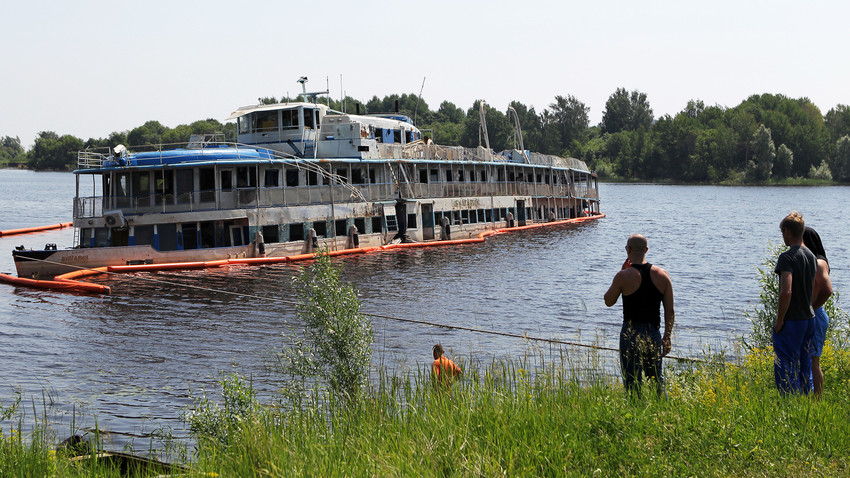
Bulgaria cruise boat anchored at Kuibyshevsky Zaton village, Kama-Ustinsky District, Tatarstan.
Maksim Bogodvid/Sputnik1. Sinking of the Ingermanland
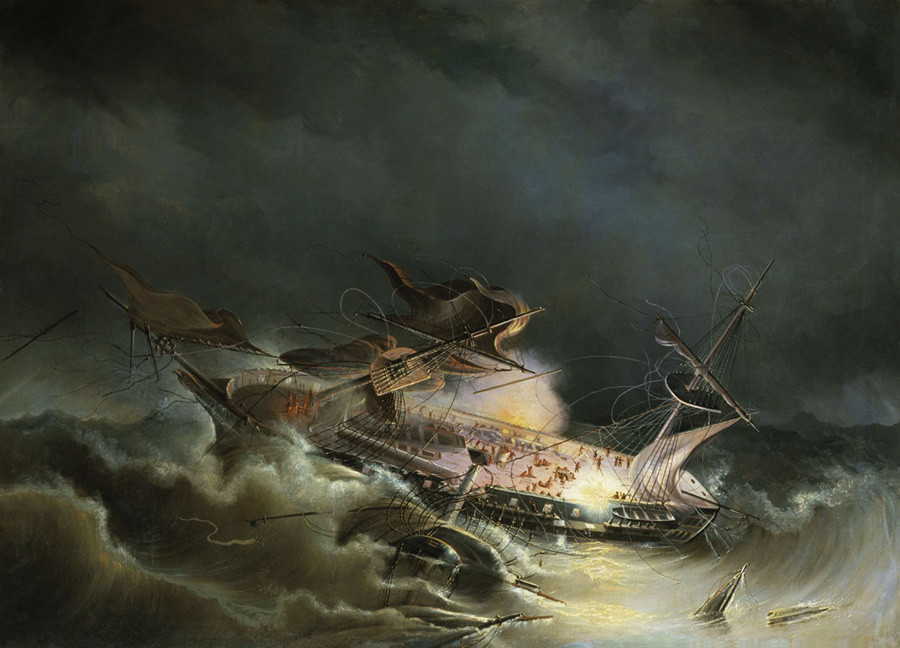
Konstantin Krugovikhin. The disaster of the Liner Ingermanland at Shagerrake near Norway on the 30th August 1842
Public domainThis huge and powerful Russian three-masted ship of the line, armed with 74 guns, was built to crush enemy fleets. However, the Ingermanland was doomed to live a short life and perish during peacetime.
Launched in 1842, the ship sank the same year on 11 September off the Norwegian coast, when, during the night, a storm drove it onto rocks. Of 892 people on board 389 died, including 21 women and 7 children.
For several days survivors were forced to wait for rescue on the wrecked ship, suffering from hunger and thirst. Other vessels were afraid to come too close to the Ingermanland, because of the rocks. When the Ingermanland’s survivors were finally saved, it turned out that among them there was a tiny baby - who had survived against impossible odds.
2. The Indigirka catastrophe
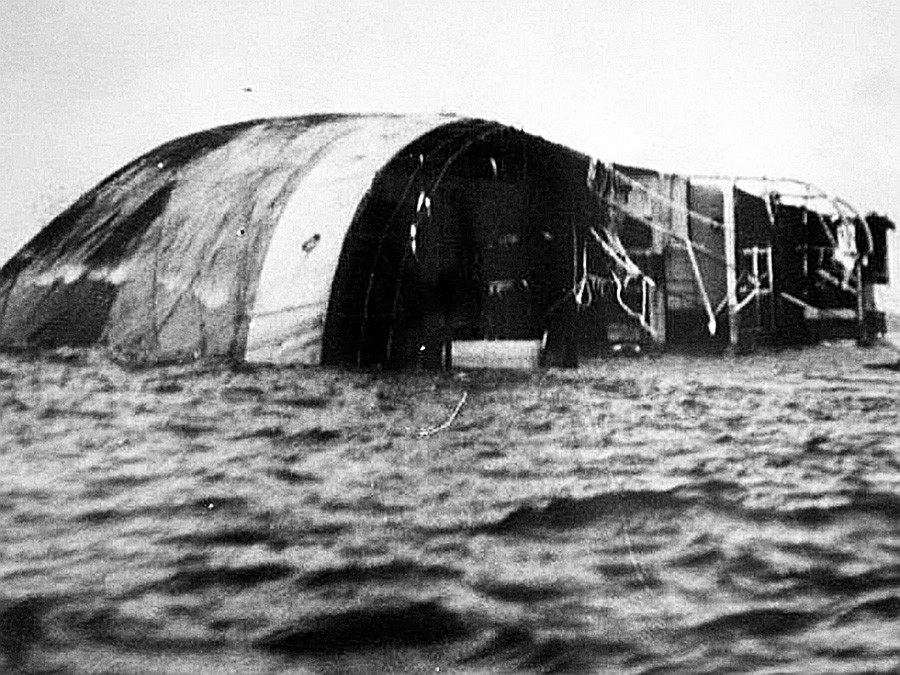
The sinking of the Indigirka became one of the most terrible naval catastrophes in Soviet history. In the late 1930s this steamship served for transportation of Gulag prisoners in the Russian Far East.
In December 1939, the vessel embarked on its final journey from Magadan to Vladivostok with an incredibly varied crowd of 1173 people on the board: dangerous criminals, their guards, crew members, and workers with wives and children. But most of the passengers, 835 men, were released convicts, who were heading home.
On 12 December, the Indigirka ran into a strong storm off the coast of Hokkaido and hit underwater rocks. Chaos and panic was unleashed aboard the fast sinking vessel. People trampled each other in order to save themselves, guards opened fire killing scores of men, criminals attacked civilians and killed released convicts, for whom they reserved the most bitter hatred. Many lives were saved by the efforts of arriving Japanese ships.
The sinking of the Indigirka cost the lives of 745 people, mostly convicts. The USSR hushed up the tragedy for many years after.
3. The ‘Alexander Suvorov’ accident

On June 5, 1983, the cruise ship Alexander Suvorov was traveling at full speed when it sailed under the wrong span of a bridge over the Volga River. That span was too low and not suited for such vessels.
As a result, the whole upper part of the ship was peeled back like the top of a tin, including a cinema hall and dancefloor that was full of people. More horribly, a freight train was crossing the bridge at the same moment. Some of its railway wagons toppled, with coal and wood falling onto the ship increasing the number of victims.
Since there were many unregistered passengers on board, it is hard to determine the exact number of victims. It is estimated that between 176 and 600 people died in the tragedy.
4. The end of the Soviet ‘Titanic’
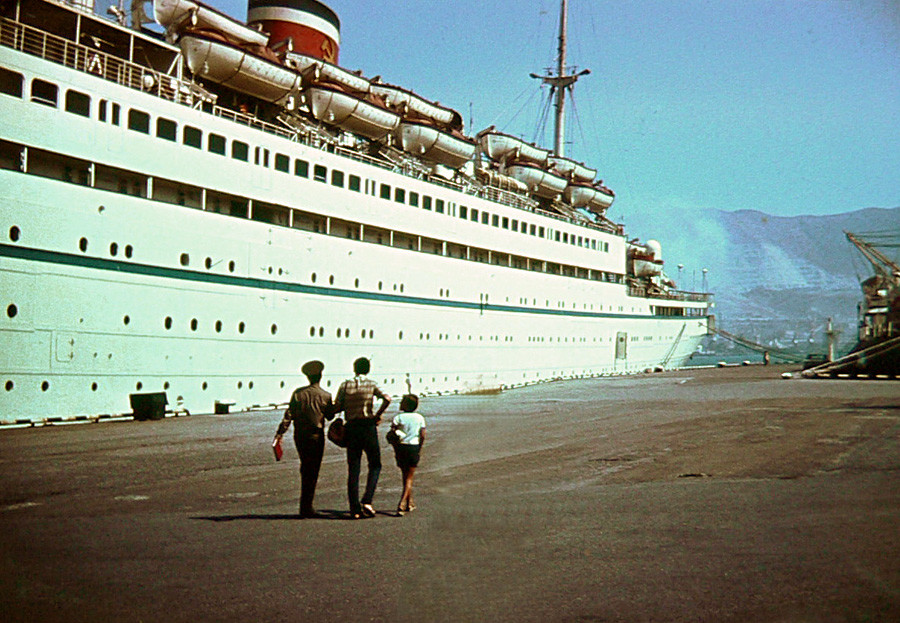
Admiral Nakhimov in Port of Novorossiysk before disaster 31 August 1986
Andrey LeonovAt 11:12 p.m. of August 31, 1986, the Admiral Nakhimov passenger liner was rammed by the freighter Pyotr Vasev not far from Novorossiysk. The two ships had to safely get past each other, but due to a navigation equipment failure and the carelessness of the captains, the tragedy occurred.
With a massive hole in its side, the passenger liner sank within eight minutes. The electricity instantly went out, and many people remained stuck in their cabins in total darkness. Among them were 23 children, already sleeping at such a late hour. People jumped into the water and tried to reach Novorossiysk or waited for rescue, which came several hours later.
The sinking of the Admiral Nakhimov, nicknamed the Soviet Titanic, took the lives of 423 people. Divers started to retrieve bodies from the sunken ship. When two of them died during the process, the entire operation was instantly stopped. It was decided to leave the Admiral Nakhimov and its remaining passengers in peace on the bottom of the Black Sea.
5. The Bulgaria tragedy
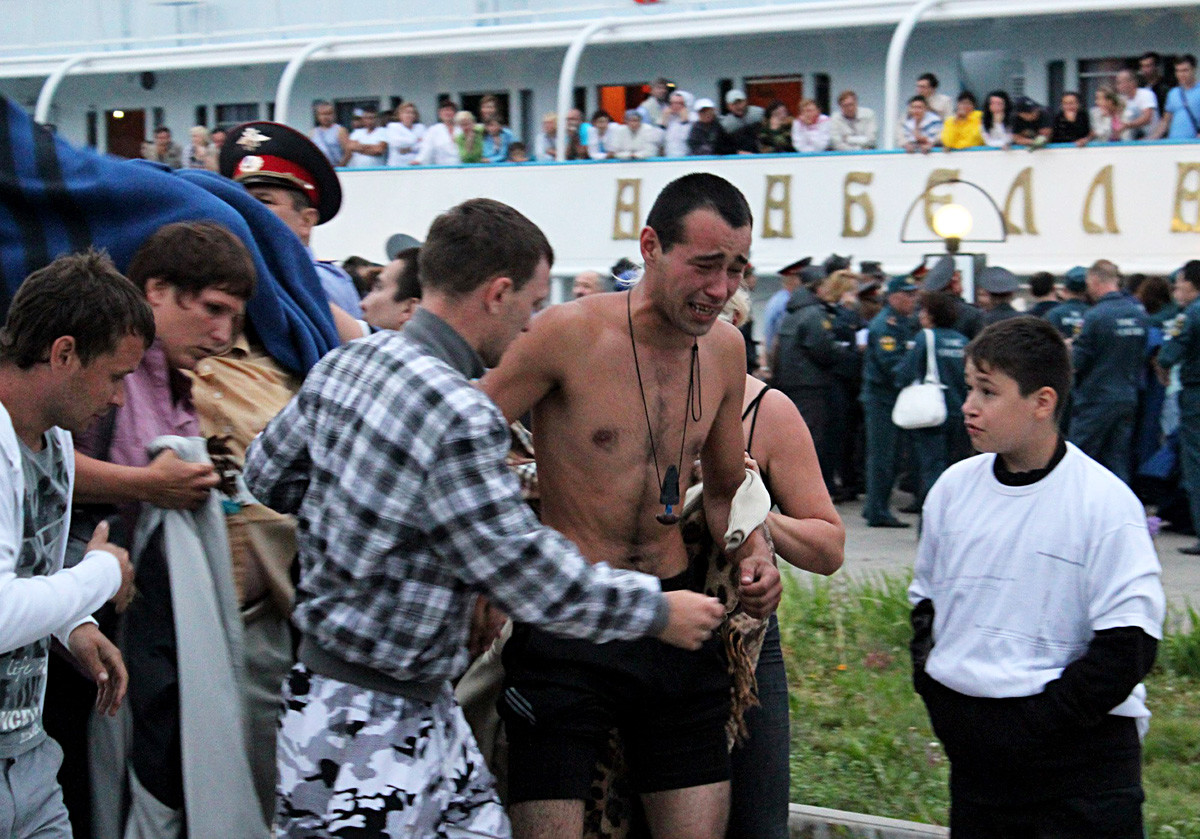
This is the most tragic naval catastrophe in the history of modern Russia. The 56-year-old Bulgaria river cruiser was in such poor repair - and high demand - that it broke down on almost every trip. The cruise on 10 July 2011 became its last.
A strong, gusty storm caused the Bulgaria to list sharply to the starboard. The old vessel had no air conditioners, and all portholes were opened. Water poured in and within minutes the Bulgaria has sunk. The ship swiftly went down 20 meters, drowning 122 people, including 28 children.
The Bulgaria had no time to push on for a few more seconds and reach nearby shallow water with a depth of just 6 meters.
If using any of Russia Beyond's content, partly or in full, always provide an active hyperlink to the original material.
Subscribe
to our newsletter!
Get the week's best stories straight to your inbox